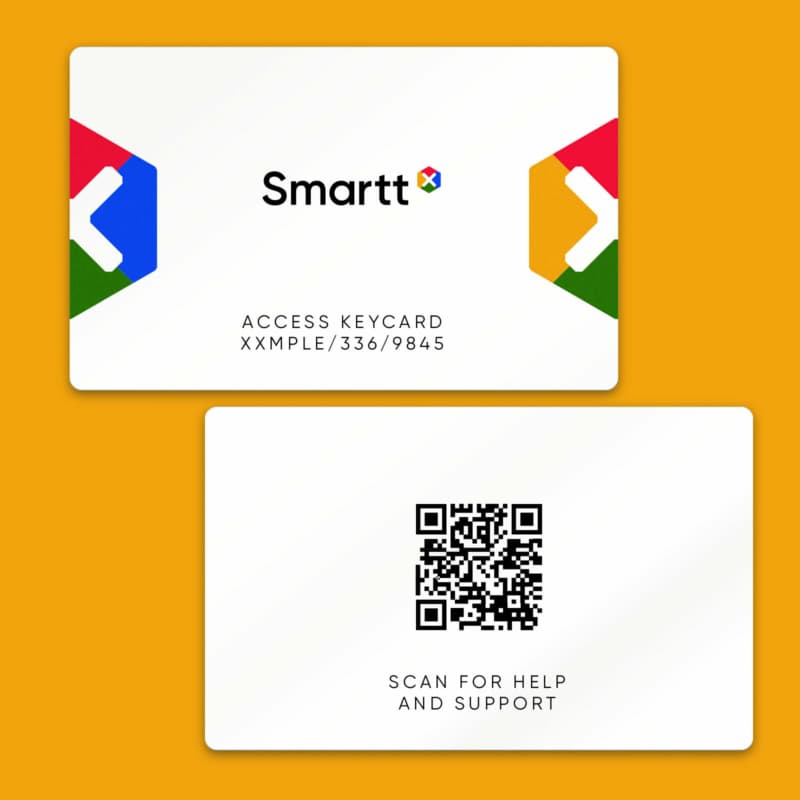Effective data management is critical to the successful RFID adoption
RFID (Radio Frequency Identification) technology has different data requirements depending on the specific application and use case. Here are some key considerations regarding data requirements for RFID.
Unique Identifiers: Each RFID tag must have a unique identifier, known as the Electronic Product Code (EPC), which distinguishes it from other tags. This identifier allows for individual item tracking and identification.
Item-Specific Data: RFID tags can store additional data beyond the unique identifier. This data can vary depending on the application and requirements. For example, in inventory management, the data might include product details such as SKU, description, batch or lot number, expiration date, or manufacturing information.
Read-Only vs. Read-Write: RFID tags can be either read-only or read-write. Read-only tags typically have pre-programmed data that cannot be modified, while read-write tags allow for data to be written, updated, or modified as needed.
Data Capacity: The data capacity of RFID tags depends on the type and frequency of the
RFID technology being used: For example, low-frequency (LF) and high-frequency (HF) RFID tags generally have smaller data storage capacities compared to ultra-high-frequency (UHF) RFID tags.
Data Encoding: RFID tags can use different encoding methods to store and transmit data. Common encoding methods include ASCII, hexadecimal, binary, or proprietary formats. The encoding method chosen should align with the data format and compatibility requirements of the RFID system being used.
Data Security: Depending on the application, data security measures may be necessary to protect sensitive information stored on RFID tags. This can include encryption, access control mechanisms, and data integrity verification to prevent unauthorised access or tampering.
Data Integration: RFID data needs to be integrated with existing systems or databases for effective utilisation. Integration may involve connecting RFID readers to backend systems, middleware software for data processing, or integrating with enterprise resource planning (ERP) systems for seamless data integration.
It's important to note that the specific data requirements and capabilities of RFID can vary depending on the frequency, tag type, and application. Organisations implementing RFID technology should carefully assess their data needs, consider industry standards and compliance requirements, and choose RFID solutions that align with their specific data requirements and objectives.


Ready to enhance your customer experience?
Customise NFC and QR code products to reach the right people, take payment, provide services and more.